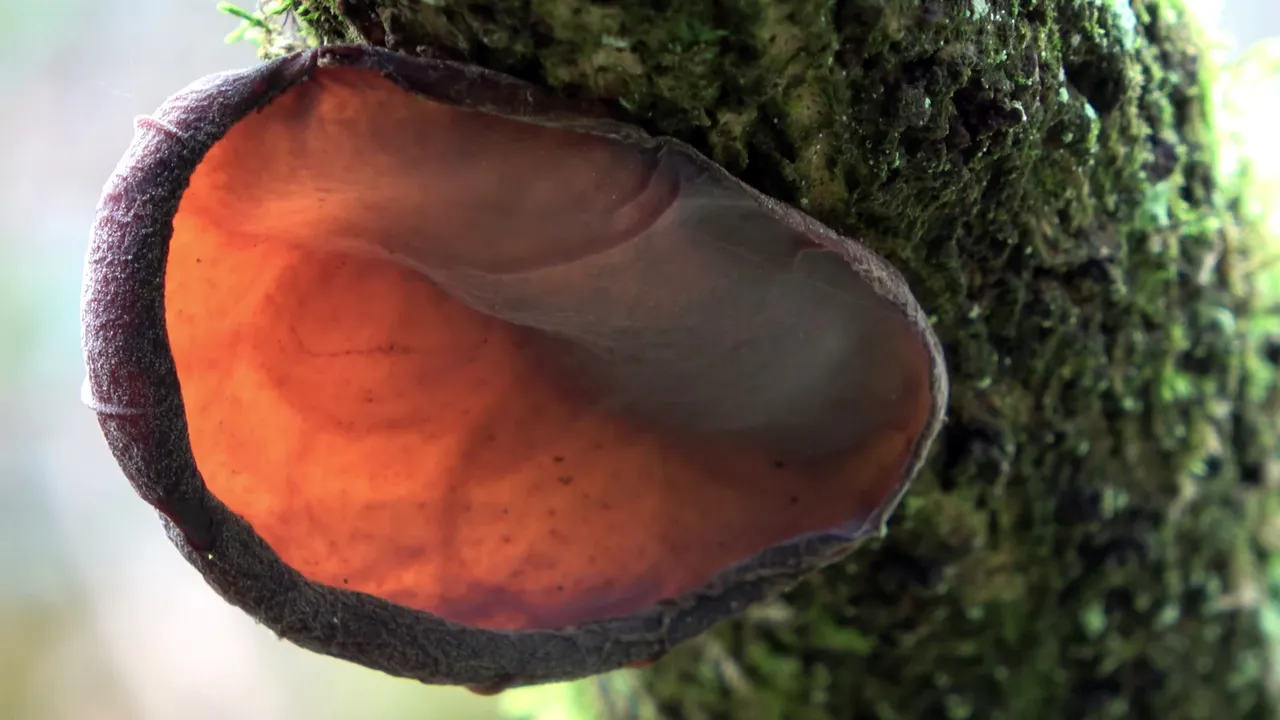
This mushroom resembling a human ear, in addition to the name scientific, has a common name. And it is the Ear of Judas.
Ten grzyb przypominający kształtem ludzkie ucho, oprócz nazwy naukowej posiada nazwę potoczną. A brzmi ona Ucho Judasza.
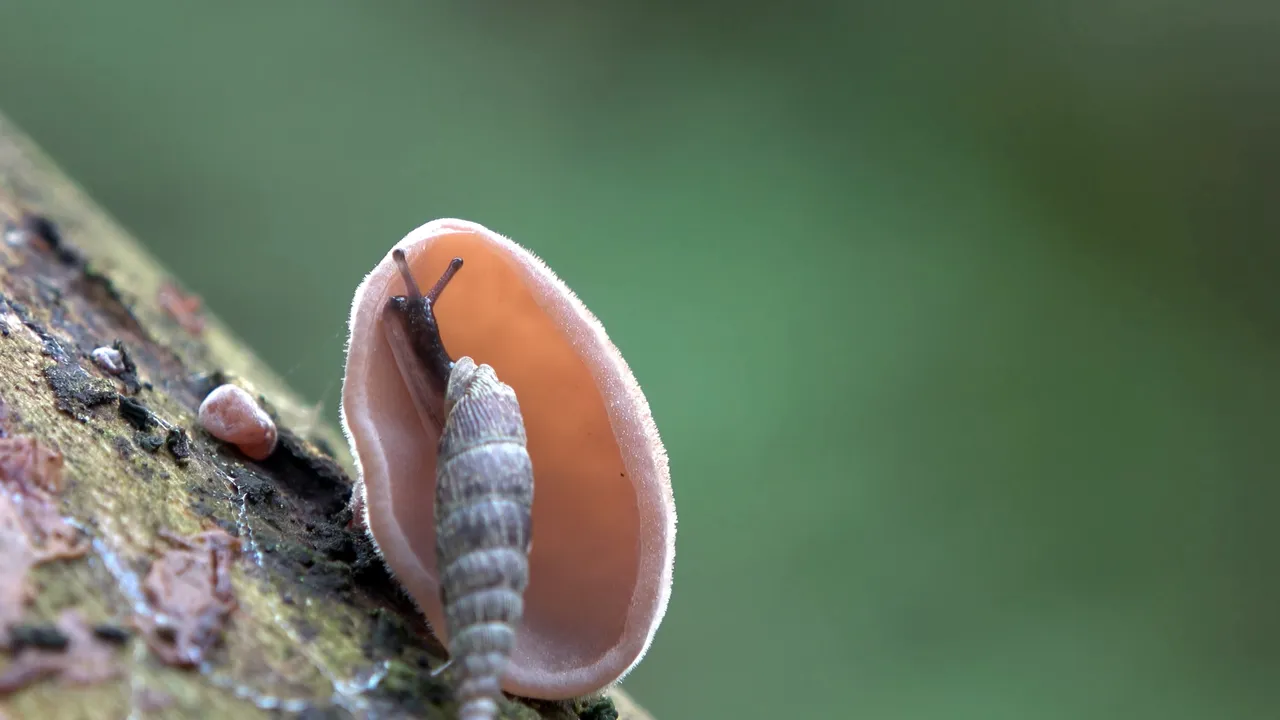
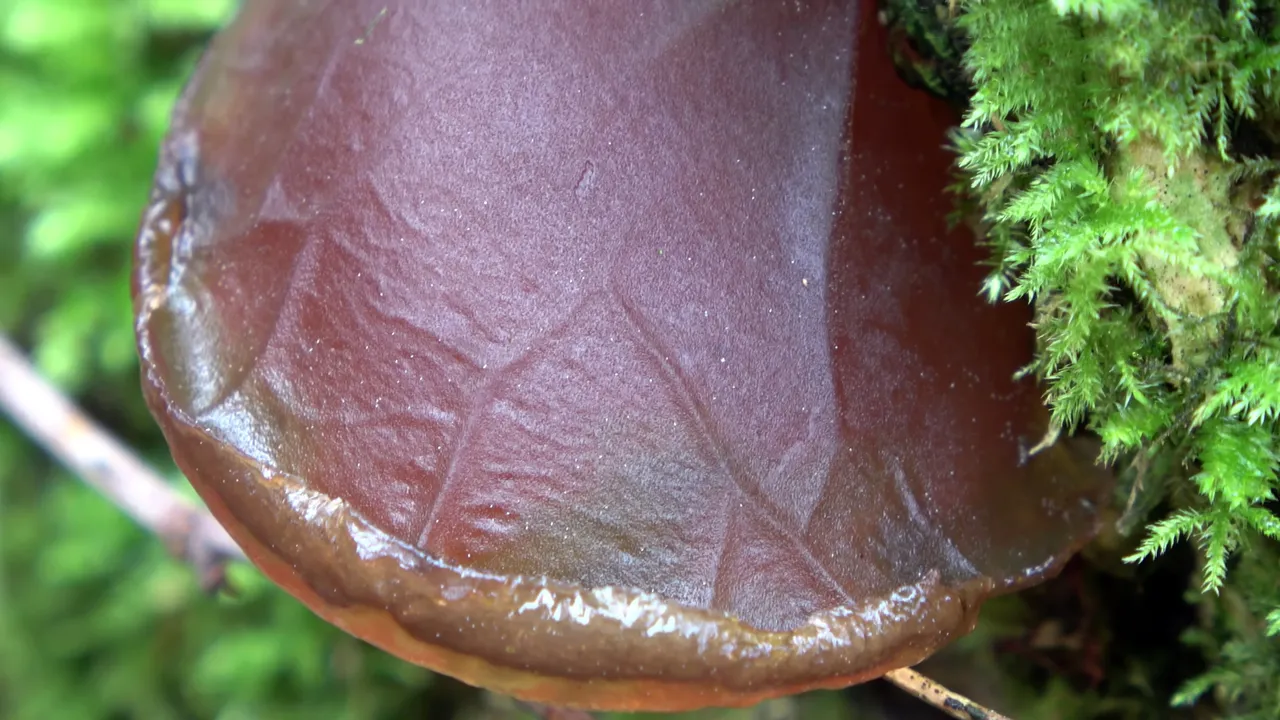
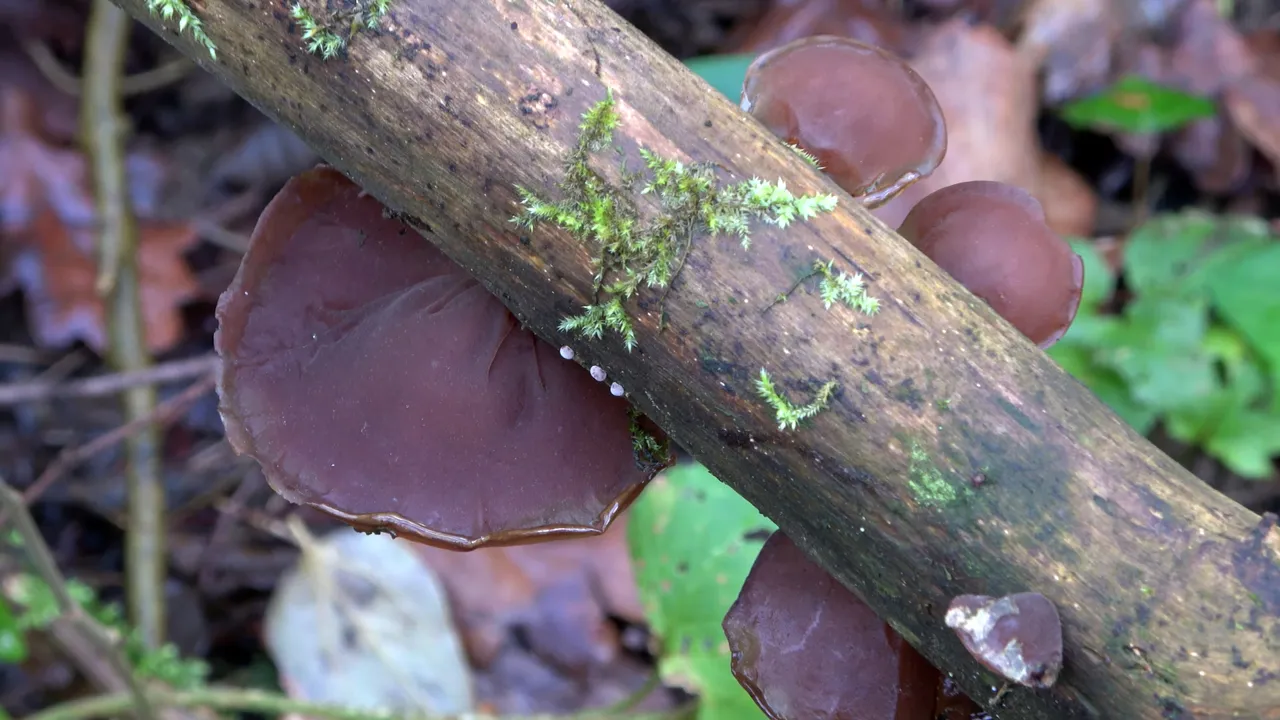
The name comes from the tree on which Judas is said to have hanged - an old lilac tree. It is because the most common mushroom called Wood ear can be found there.
Nazwa wzięła się od drzewa na którym podobno powiesił się Judasz - starego drzewa bzu. Na nim bowiem najczęściej spotkać można grzyba o nazwie Ucho bzowe.
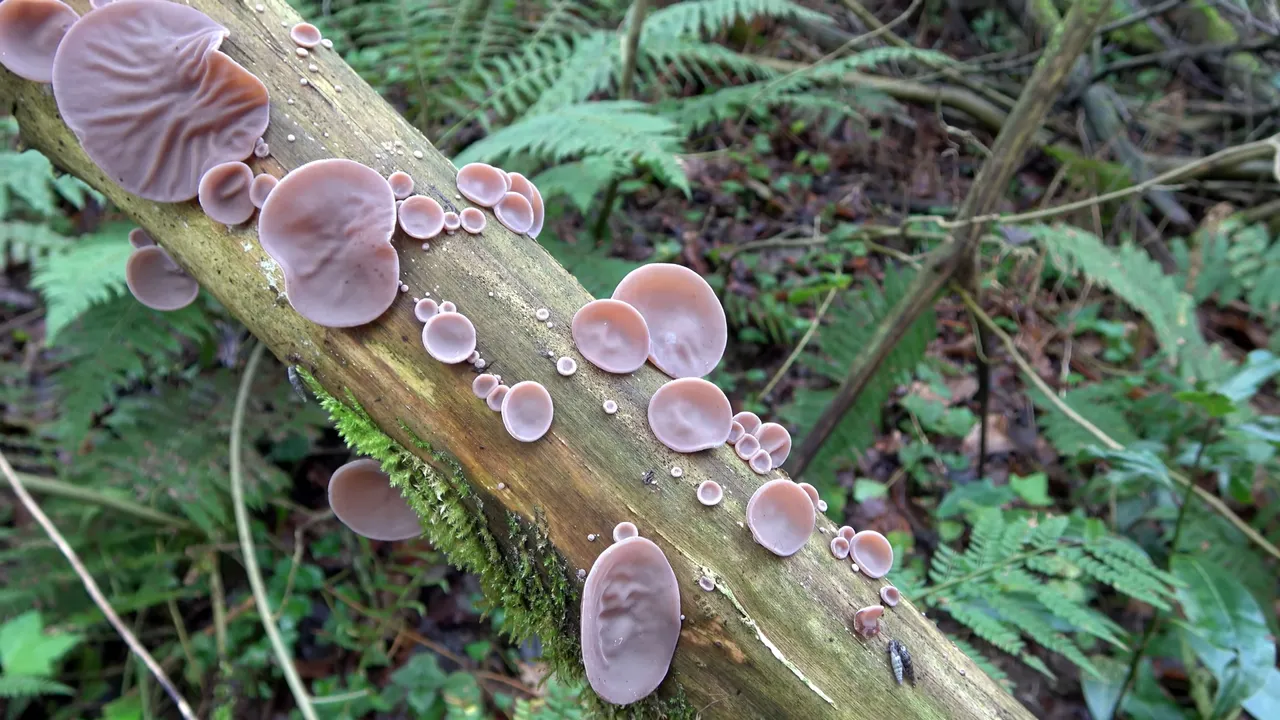
The mushroom has an irregular shape resembling an ear. It can also have a shell-shaped, cup-shaped shape.
Grzyb ma nieregularny kształt przypominający ucho. Może mieć również kształt muszelkowaty, miseczkowaty.
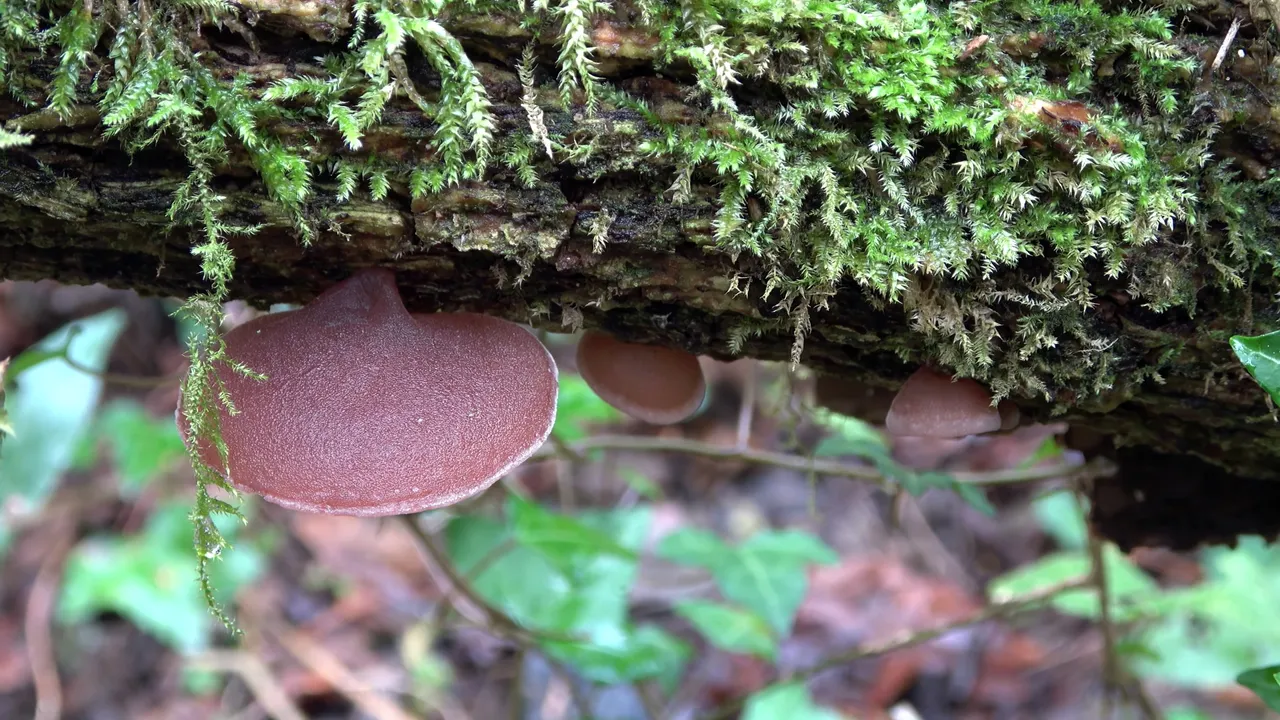
Reaches up to 15 cm in length. It can be red-brown, violet-gray or olive-brown in color. The inside of the mushroom is smooth, while the outside, felt, leathery. Characteristic veins that extend over the surface of the fungus are often visible.
Osiąga do 15 cm długości. Może mieć czerwonobrązowy, fioletowoszary, czy oliwkowobrązowy kolor. Wewnętrzna strona grzyba jest gładka, zewnętrzna zaś, filcowata skórzasta. Często widoczne są charakterystyczne żyłki, przerastające powierzchnię grzyba.

The flesh is dark brown in color, it is semi-transparent, jelly-like, crunchy, moist. Very flexible. It has no distinct taste or smell.
Miąższ ma ciemnobrązowy kolor, jest pół-transparentny, galaretowaty, chrząstkowaty, wilgotny. Bardzo elastyczny. Nie posiada wyraźnego smaku ani zapachu.
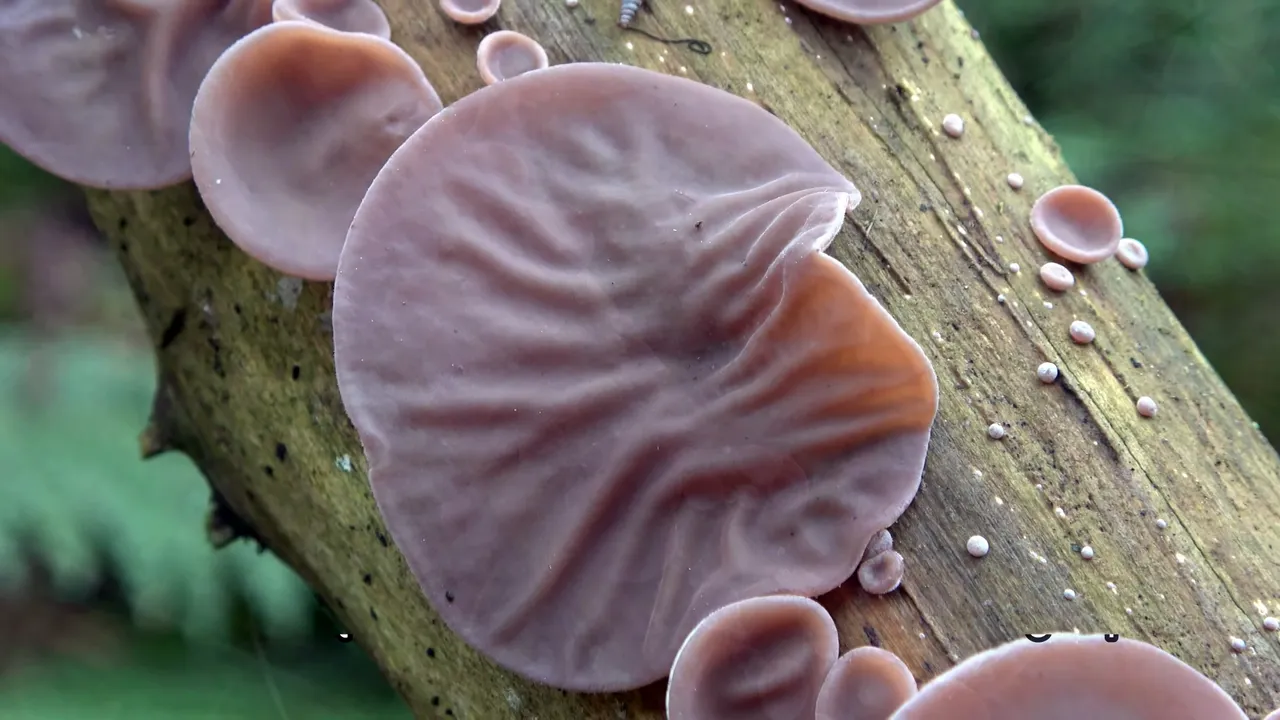
After drying, it shrinks a lot, but when you put it in water, even after many months, it takes its original shape and looks as if it was recently plucked from a tree.
Po wysuszeniu mocno się kurczy, natomiast gdy włożymy go do wody, nawet po wielu miesiącach, przybiera pierwotny kształt i wygląda, jakby niedawno został zerwany z drzewa.
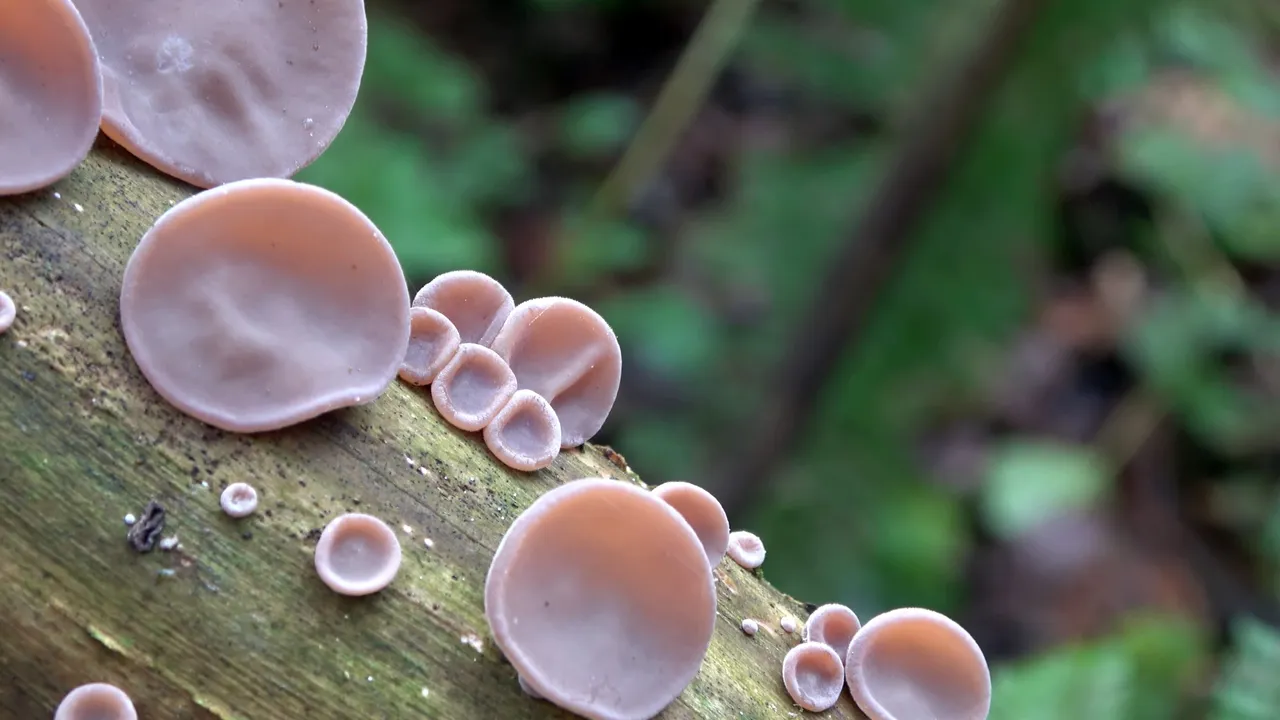
Wood ear is quite common. It grows on elderberry branches, but sometimes also on walnut, poplar or maple. If the winters are mild, we can meet it in forests all year round.
Wood ear jest dość pospolity. Rośnie na gałęziach bzu czarnego, ale czasami również na orzechu włoskim, topoli czy klonie. Jeśli zimy są łagodne, możemy go spotykać w lasach przez cały rok.

The Wood ear is an edible mushroom, albeit completely devoid of taste and smell. Its advantage is the cartilage consistency and the fact that it still retains it after processing. It can be boiled, stewed, fried and pickled.
Ucho bzowe jest grzybem jadalnym, aczkolwiek zupełnie pozbawionym smaku i zapachu. Jego atutem jest chrząstkowata konsystencja i to, że po obróbce nadal ją zachowuje. Można go gotować, dusić, smażyć, marynować.
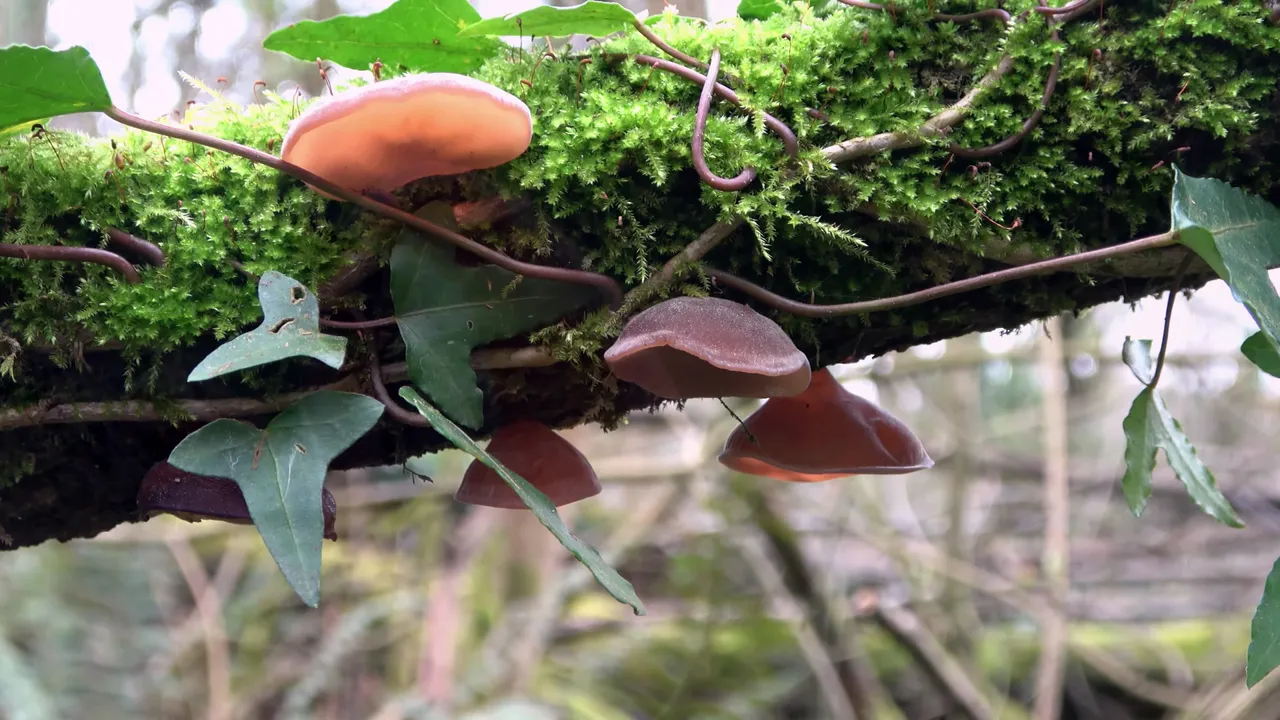
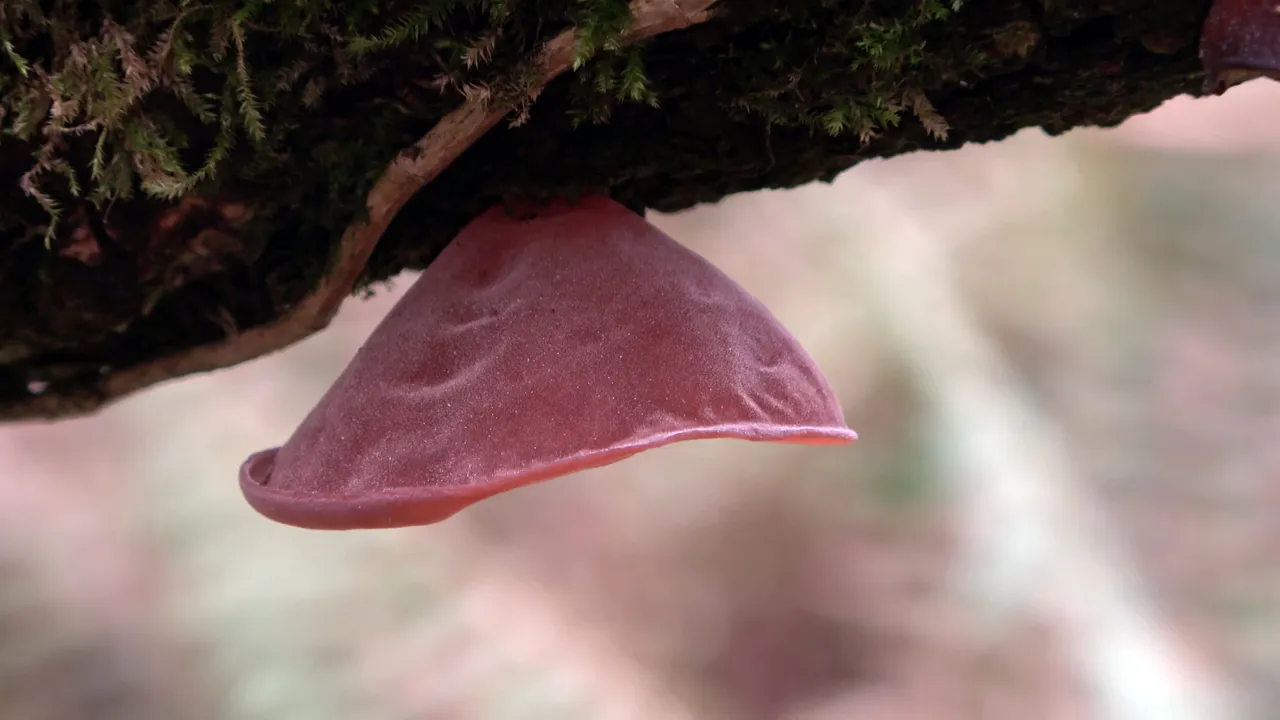
Health properties of the mushroom
Właściwości zdrowotne grzyba
In addition, the lilac ear has healing properties. It is helpful in the treatment of colds, hemorrhoids, toothaches, abdominal pain and heart aches. It strengthens the psyche and the immune system. It prevents hypertension and helps with the fragility of blood vessels. It absorbs free radicals and thins the blood, preventing the formation of blood clots.
Poza tym, ucho bzowe posiada właściwości lecznicze. Pomocny jest w leczeniu przeziębień, hemoroidów, bólach zębów, jamy brzusznej czy serca. Wzmacnia psychikę oraz system odpornościowy. Przeciwdziała nadciśnieniu, pomaga przy kruchości naczyń krwionośnych. Pochłania wolne rodniki i rozrzedza krew zapobiegając powstawaniu skrzepów.
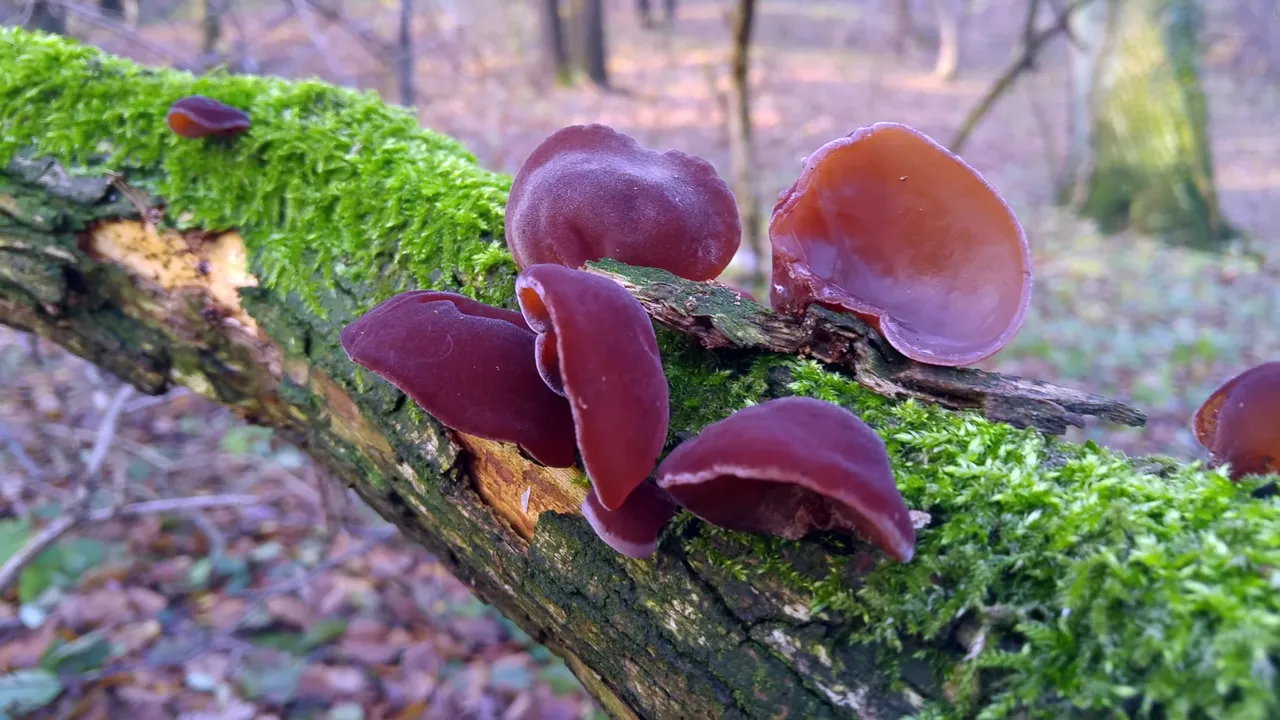
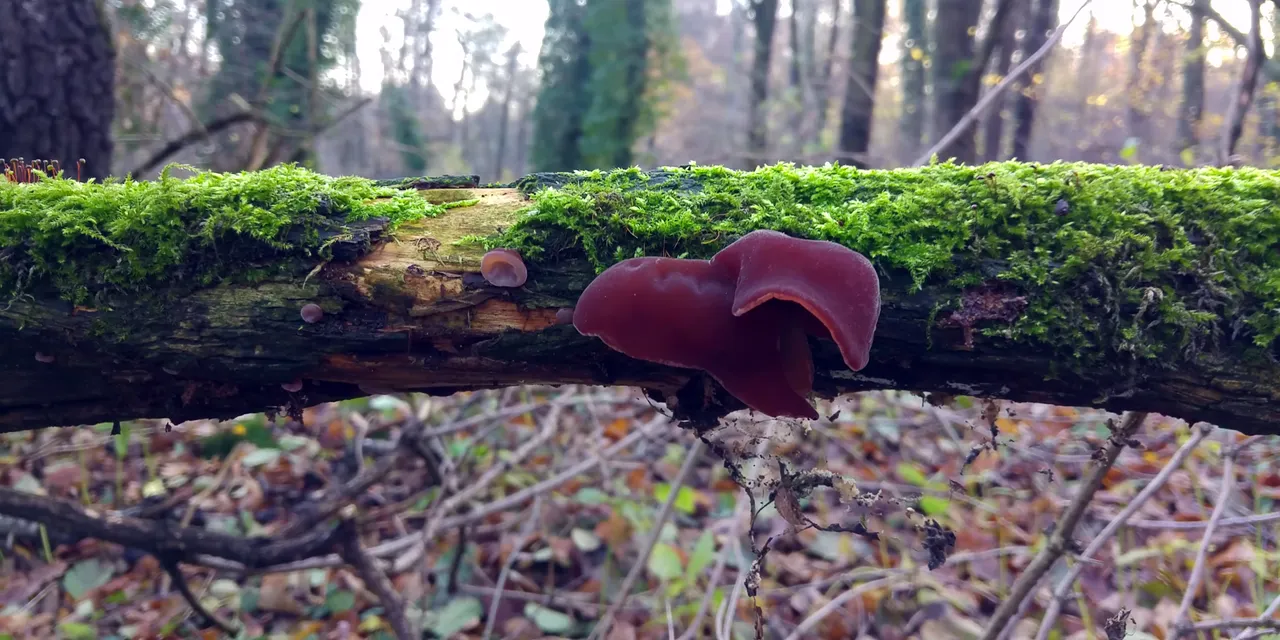
Enjoy 😉

